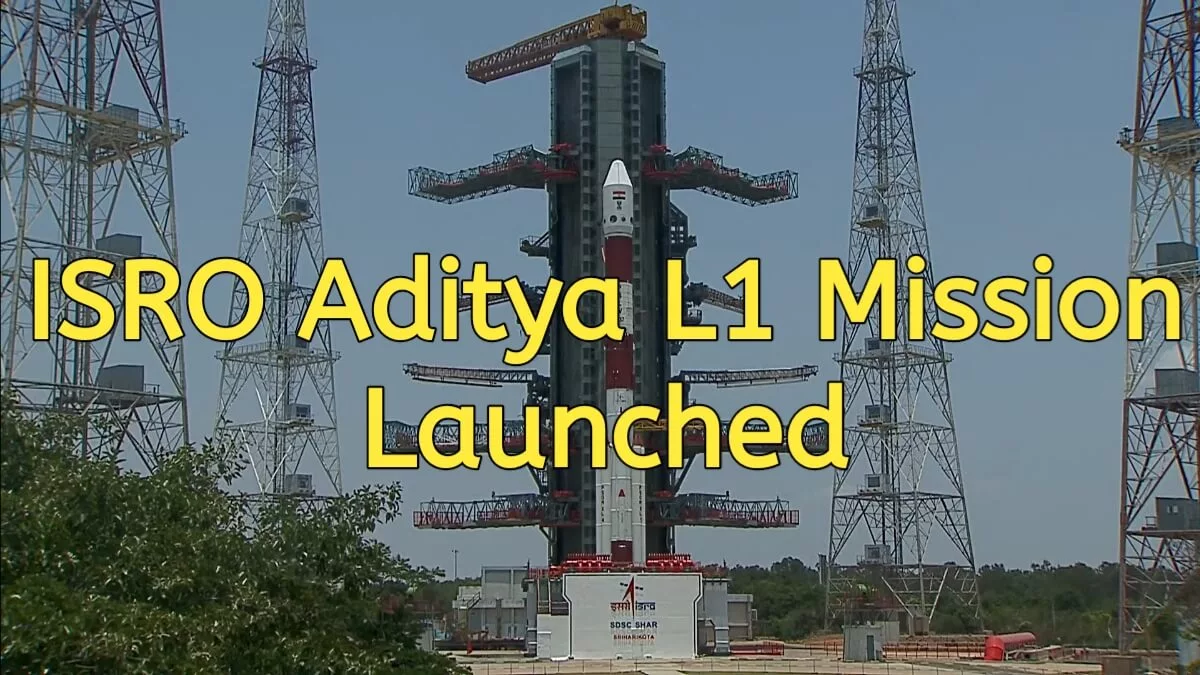The Aditya-L1 mission was launched on September 2, at 11:50 AM from the Sriharikota spaceport by the Indian Space Research Organisation (ISRO), making a crucial step towards unlocking the mysteries of our nearest cosmic neighbour. This mission follows Chandrayaan-3’s spectacular success and adds a remarkable new chapter to India’s space research efforts.
A Solar Odyssey, Aditya-L1
With the Sun as its sole target, the Aditya-L1 mission is about to set out on a five-year trip that will cover an incredible 1.5 million km. The Sun has long been a source of intrigue for astronomers and scientists because it is our planet’s nearest star. With Aditya-L1, ISRO hopes to delve more deeply into its complexities and reveal some of the many mysteries surrounding this enormous celestial body.
A Significant Development in Indian Space Exploration
As India’s first attempt at space-based solar monitoring, this project is a turning point for the nation. The spacecraft is expected to offer priceless insights into the Sun’s behaviour, including its magnetic fields, solar flares, and the mysterious solar wind thanks to its cutting-edge technology. In addition to being essential for improving our comprehension of basic astrophysical processes, such data is also useful for forecasting space weather, which is essential for satellite communications, navigation systems, and even astronaut safety during space missions.
PSLV-C57 is the launch vehicle.
The PSLV-C57 rocket has been selected by ISRO as the launch vehicle to carry out this challenging task. The Polar Satellite Launch Vehicle (PSLV), which has successfully placed many satellites into orbit over the years, has developed a reputation as a dependable workhorse. It is the best option for delivering Aditya-L1 to its assigned location in the heliosphere due to its payload capacity and precision.
It Was a Joint Effort
The Aditya-L1 mission is proof of the collaborative spirit between ISRO and other prestigious organisations. To ensure the mission’s success, ISRO has teamed up with top scientific and research organisations in its quest to understand the Sun’s puzzling behaviour.
Conclusion
The scientific community and space fans around the world will be watching Aditya-L1 as it sets out on its mission to investigate the Sun. The importance of this endeavour is highlighted by its ability to increase our knowledge of the Sun’s basic processes and by its useful applications in space weather forecasting.
India’s expanding expertise in space research and its everlasting dedication to solving the cosmos’ mysteries are demonstrated by ISRO’s Aditya L1 mission. India advances in space exploration with each mission, adding to our overall understanding of the universe and laying the groundwork for upcoming scientific discoveries.
